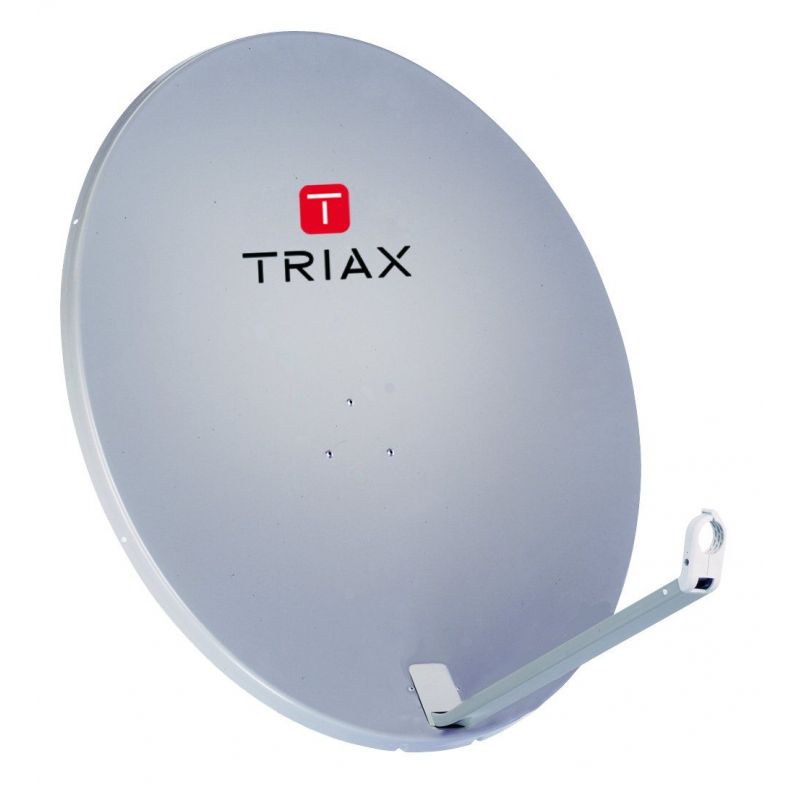

Thus, finite gaps in the adhesive are more » present which create regions where the panel surface becomes intermittently supported.

Among the myriad possible collector designs, some possess longitudinally oriented, hollow ribs or corrugations in the substructure which interrupt the transverse continuity of the bond line between the deformed panel and the substructure. Attention was focused upon the stresses that developed in an adhesive layer which bonded the deformed panel to a rigid, parabolic substructure. In previous studies of the mechanical behavior of line focusing solar collectors, the reflective surface panel was modeled as a thin, initially flat, elastic plate that underwent large displacements to attain the shape of a prescribed parabolic cylinder. Finally, the major conclusions and recommendations are summarized. In addition candidate materials and processes are reviewed and, the costs associated with the most attractive combinations defined. The basic part analysis is described including the quantification of key material and part-function relationships. This module constitutes a basic building block with which longer trough rows can be built. The use of reinforced plastics as the basic material for a line-focus parabolic trough concentrator module more » is studied. This interest is bolstered by a growing desire on the part of industry to identify new material-process combinations which save weight, use less energy, and require less capital equipment and assembly costs. The relatively high labor content associated with these sheet metal designs has generated an interest in investigating the cost effectiveness of using reinforced plastics as a major structural material for trough solar collectors. (LEW) « lessĮxisting parabolic trough solar collectors are basically sheet metal designs utilizing aluminum or steel as the major structural materials. A program to test for the adhesion between mirrored glass sheets and the SMC is discussed briefly. The SMC formulation chosen is a low shrink, low profile SMC using 40% by weight one inch chopped glass fibers in a uv stabilized polyester resin matrix. The finalized design of the trough panel is given. Results indicate that mirrored glass sheets, if properly strengthened to withstand the temperature and pressure of the molding process, can be successfully molded with SMC in a single press stroke using standard compression molding techniques. The main more » thrust of the program was to successfully co-mold a mirrored glass sheet with the SMC. The approach taken to meet the objectives was to design the parabolic panel, fabricate a prototype die, choose an SMC formulation and mold the glass and SMC together into a vertex to rim mirrored panel. The objectives of the development effort are to: investigate the problems of molding parabolic trough solar reflector panels of sheet molding compound (SMC) develop molding techniques and processes by which silvered glass reflector sheets can be integrally molded into SMC trough panels provide representative prototype panels for evaluation and provide information regarding the technical feasibility of molding SMC panels in high volume production. It is found that high volume technology can be used to produce accurate and structurally sound reflector panels, and one configuration has been selected for fabrication in suitable quantities for performance testing. Appended are results of adhesive bonding studies. The work encompassed material selection, adhesive selection and testing, tool design and fabrication, prototype panel production, and design and development of torque tube assemblies on which the trough is inclined. The two pieces may be bonded or welded to form a rigid structure, and a reflective surface applied such as a film, glass mirror, or any of the presently utilized materials. The design considered is similar to an automobile hood, a two-piece sheet metal structure consisting of a formed steel frame or stiffening panel and a smooth contoured skin.

Efforts to develop accurate, durable, and mass producible sheet metal parabolic trough solar collectors and the associated support for the collectors are described.


 0 kommentar(er)
0 kommentar(er)
